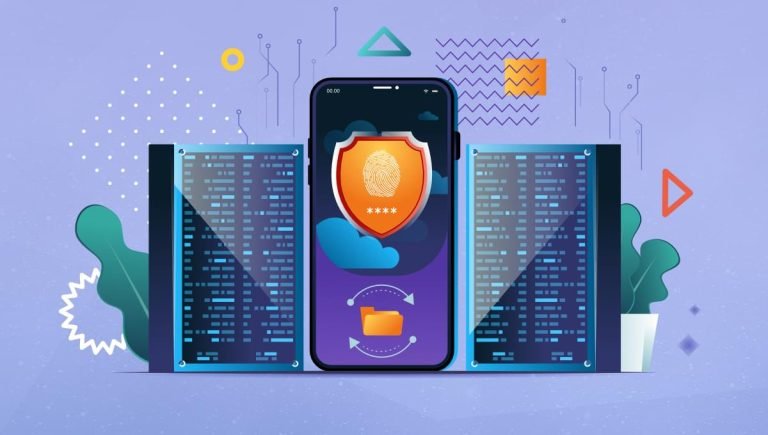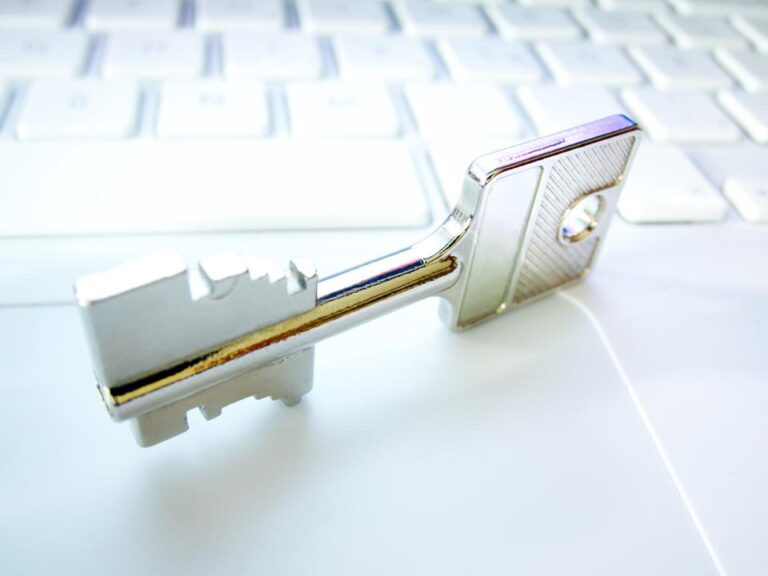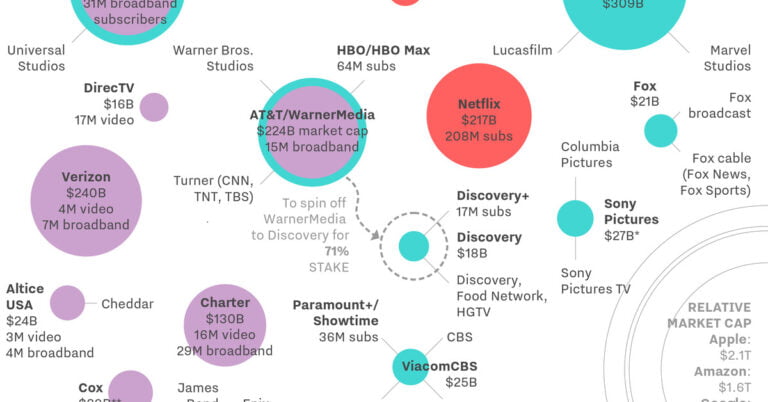
Digital transformation is the procedure of redefining all the business strategies. It means the emergence of the latest technologies for business growth by an organizational change and making strategic plans. If we talk about the small to medium enterprises, they witness a huge impact after going for digital transformation.
What made MSMEs and small businesses choose digital transformation?
Table of Contents
- 1 What made MSMEs and small businesses choose digital transformation?
- 2 What is digital MSME scheme 2017 and how it works?
- 3 Four major applications that are part of the digital MSME scheme
- 4 Eligibility criteria for digital MSME scheme 2017
- 5 How to apply for the digital MSME scheme?
- 6 The Main Objectives
- 7 Impact of digital transformation on MSME loans
- 8 Features of MSME loans
- 9 What are the eligibility criteria to apply for MSME Loan?
- 10 What are the barriers to making digital transformation for MSMEs and small businesses?
- 11 How digital transformation is beneficial during the COVID-19 pandemic?
- 12 Best examples of digital transformation – MSMEs and small business
- 13 Here are some areas which need the attention of MSMEs, before going for digital transformation
- 14 To conclude
The micro, small, and medium enterprises are considered as the backbone of our Indian economy. They are emerging as a highly dynamic and vibrant sector of India and play a major role in both the social and economic development of the country by generating the highest employment opportunities.
For the past several years, the MSME sector has started facing challenges that come up in the form of GST regimes, inefficient supply chain, lack of technical knowledge, or facing difficulty in collecting funds. Due to this, the MSME has decided to rely on digital technology platforms to cope up with all challenges that come in the path of their business growth.
The Government, in support of MSMEs decision, introduced the digital MSME scheme in 2017. The aim is to make the MSMEs learn how to deal with the hurdles using a digital platform.
Also Read: COVID-19 Relief Package For MSMEs Under Atmanirbhar Bharat Abhiyan
What is digital MSME scheme 2017 and how it works?
This scheme was launched on the United Nations day. We all know that cloud computing is emerging at a faster pace, and with the help of this, business efficiency is improving a lot, expanding reach, and acting as a catalyst for bringing a positive transformation in MSME and small business sectors, be it a national or international market.
The cloud computing services, as a part of the digital MSME scheme, are divided into three categories – ‘with subsidy’, ‘without subsidy, or ‘market cost’. When we are talking about ‘with subsidy’, then the maximum subsidy given by the Government is Rs. 1 lakh over 2 years. In ‘without subsidy’, the services are given at an ultra-low cost, and in the third category, the service is offered at market cost only. The scheme is the best subset of the Credit Linked Capital subsidy scheme for technological advancement.
Also Read: All You Need To Know About The Distinctions In MSMEs
Four major applications that are part of the digital MSME scheme
- ERP
- Accounting
- Manufacturing design
- Regulatory compliance
Eligibility criteria for digital MSME scheme 2017
- One should have a Udyog Aadhar memorandum number.
- MSME is required to pay for the services taken by them.
- One is selected on a first come, first serve basis.
- Product ability, financial stability, export, and the scope for advancement will be considered.
- The subsidy is given only to micro and small-medium enterprises that are making an investment in plant and machinery that is not more than Rs. 5 crores.
Also Read: Pros And Cons of MSME Loans In India
How to apply for the digital MSME scheme?
The MSME who are willing to get funding assistance are required to apply by visiting http://digitalmsme.gov.in/ICT/MSME_Status.aspx. Post that, MSME is required to make full payment to the service providers. After that, subsidy disbursement will take place through the Direct Benefit Transfer platform. The fund transfer will take place from the office of MSME, Government of India. Post that, the implementing agencies will share the details, such as subsidy details and user charges with the MSME.
The Main Objectives
- To encourage the adoption of the Information and Communication Technology process.
- Elevation of services, product quality, increasing MSME numbers, and enterprises.
- Reducing the production cost and improving cost-effectiveness.
- Productivity enhancement and generating more revenue using cloud computing technology.
- Eliminating the cost of infrastructure, delivery time, and software programs.
- Becoming the best support system for MSMEs and small businesses.
Also Read: All About Numbers And Targets For MSMEs In India
Impact of digital transformation on MSME loans
MSME loans are mostly offered to businesses that belong to the following categories:
- Start-up owners
- Small business owners
- Women entrepreneurs
In the digital transformation world, the lending space we are witnessing at present has changed completely. The total potential of the lending sector after MSME digitization has reached almost 100 billion dollars. If we calculate the same on an annual basis, then an annual MSME loan disbursement value crosses 60 million. Digital lending has transformed the MSME sector at a faster pace than we have ever seen before.
As digital lending becomes a major preference among MSMEs, it has brought ease of accessing a smooth and hassle-free way of securing the loan, as compared to the traditional means of lending. Due to digital transformation, it becomes easier for lenders to determine the credit-worthiness of MSMEs and small businesses, based on which they decide the interest rate for which the borrower is eligible. Digital data management and advanced analytics are the two keys that made the fast processing of the MSME loan application possible.
Also Read: MSME Loans: The Optimum Choice For Small Industries
Features of MSME loans
- Loan amount eligibility starts from Rs. 10,000 and goes up to Rs. 1 crore.
- Loan Types: Term loan, Equipment Finance, Working Capital Loan, Mudra Loan, CGTMSE, PMEGP, and many others, as per the need and requirement.
- The repayment tenure of MSME loans start from 12 months and goes up to 5 years. It can also be extended in special cases.
- Collateral: Collateral free loan.
- Credit facilities: Bill discounting, Cash Credit, overdraft, Bill of Purchase, Letter of Credit, Merchant Cash Advance, etc.
- Quick disbursal.
- Supported by 100% credit guarantee scheme.
Also Read: Best Government Business Loan Schemes For MSMEs In India
What are the eligibility criteria to apply for MSME Loan?
- The minimum age to apply is 18 years, and the maximum is 66 years.
- It can be either Private or Public Limited, Partnership Firm, Sole Proprietorship, or Limited Liability Partnership.
- Business turnover requirements vary from lender to lender.
- Need to show a profitable business for continuously 2 years.
- Should have a good credit history and repayment history.
- Must have required documents with CA certification.
- Show latest 2-year ITR, and last year GST return.
Benefits that MSME is getting with the digital transformation
- Improve the customer experience: When you are adopting digital technology, then you are available 24×7 for the customer because you are making use of artificial intelligence, chatbots, and machine learning. It maintains a strong relationship between the customer and the organisation. The business needs to have smooth and seamless functioning.
- Better operational efficiency: According to a Tech Mahindra Report, by adopting the new digital technologies, the operational cost of running SMEs goes down to approx 20-30%. It would result in a better labour utilisation ratio and improvement in the capital as well.
- Reduction of cost: With the help of machine learning and productive business analytics, one can easily identify production defects. It is the best way of enabling cost reduction, as you are using the best high-end technology software at a lower cost.
- Accurate decision making: You can easily collect data about the existing customers or potential customers, or your competitors in the market. By tracking all these, you can make wise decisions in various areas such as production, marketing, sales, understanding customer behaviour, purchase decisions, or current market trends.
- Get accessibility to a higher customer base: If you have an only offline presence, it limits your market reach. Always prefer to make use of customised technology and create an online presence. It will result in bringing you a remarkable business opportunity. The digital engagements help SMEs in exploring a new market and competing with the top giants.
- Higher profits: Making use of advanced technologies, MSMEs can easily upgrade and improve the quality of products and services, resulting in earning higher profits.
Also Read: Need Money Fast? 4 Options For Small Business Owners
What are the barriers to making digital transformation for MSMEs and small businesses?
- High-setup cost: If you are transforming the existing business setup, and transferring it from physical to digital platforms, it demands a huge cost.
- Complexity in integration: There are certain areas where human intervention is required; integrating digitization in all the areas becomes a problem.
- Insufficient workforce to handle the digital platform: Business won’t be able to avail the digital revolution if there is an insufficient workforce to reduce the gap between digital knowledge and digital execution. It is not necessary that the existing manpower, which is handling the business traditionally, is equally adept while dealing with the digital world in the same manner.
How digital transformation is beneficial during the COVID-19 pandemic?
A business is said to be digitally transformed when they are making use of digital technology in all areas of their business. It has changed the way of business operations and delivering valuable services to its customers or clients.
Due to COVID-19, there has been a complete lockdown of institutions and businesses all over the country. The pandemic resulted in some unprecedented changes that forced businesses to upgrade their business models and find new ways to deliver valuable services to the customers.
Be it a small retail sector, pharma industry, Agri industry, banking industry, or educational sectors, everyone has adopted digital platforms for the smooth running of its business operations. The use of platforms like Facebook, LinkedIn, or Zoom has increased to a large extent to communicate with customers or create brand awareness or increase customer base. All the MSMEs are using digital technology to survive the current crisis.
Some of the most popular, successful campaigns run by SMEs and small businesses are CPC (Cost per Click) and PPC (Pay Per Click). It helps them achieve the desired results of transforming their business to a digital platform. It proves to be a cost-effective procedure of reaching out to the target audiences.
Best examples of digital transformation – MSMEs and small business
- There is a person named Shiv Kumar. He is the owner of a Kirana store in Kolar district, Bangalore. He is known for converting his 180 square feet Kirana store to a virtual supermarket by installing Kiosk. It is the technology that allows customers to shop on their tablet device. By implementing digital transformation, now Shiv Kumar is not only selling coffee but also dealing with a wide range of products such as cosmetics, gadgets, apparel, and much more.
- Reliance Jio and Facebook have made a collaboration for offering seamless digital payment facilities to their clients and businesses. In this deal, Reliance Jio has joined hands with WhatsApp, which is a part of Facebook. The aim is to expand the business reach of its new venture, JioMart to small business sectors. The main features of JioMart are free home delivery, express delivery, no minimum order value, no questions to be asked at the time of return, and much more.
Here are some areas which need the attention of MSMEs, before going for digital transformation
- Find new customers: MSMEs and small businesses are required to search for new customers, as existing customers may be dealing with cash restraints or no longer have any demand for the product. The effort should be put into generating new leads. Make sure that the product which you are dealing with can be customised as per the demands of the customer easily.
- Make sure that you serve the existing customers: Always communicate with the existing customer politely. Communicate with them frequently, along with providing them with the best customer support using a digital platform. It makes upselling better in the future.
- Managing people and their motivation: We all know that the concept of remote working and virtual offices is here to stay for a long time till the COVID-19 pandemic is there. It is a must that a company build better digital frameworks for employee engagements at a higher level by building a bridge between the upcoming roles and requirement of competencies, upskilling or establishment of new benchmarks in the business growth.
To conclude
Many researches have been conducted post the MSMEs’ digital transformation, which indicates that all these transformations are likely to stay permanently. If we go through the historical time of the financial crisis of 2008, 9/11, or Y2K, all have adopted new ways of running a successful business.
The Y2K crisis led to the emergence of IT outsourcing globally. If we talk about the 9/11 crisis, it led to the emergence of doing business globally, which further helped in reducing the cost.
The financial crisis of 2008 came up with the Fintech Industry. Further acceleration was given to this industry post-demonetization in 2016.
All the digital transformations that have taken place in the past few months in the MSMEs and small business sectors make them potential leaders of the future. Yet, it is difficult to analyze the overall impact of COVID-19, but using the digital platform of MSMEs will help them stay relevant and strengthen their business operations for sure. Many of the digital transformations will leave their impact permanently. Creating a comprehensive digital eco and support system will help MSMEs a lot.






